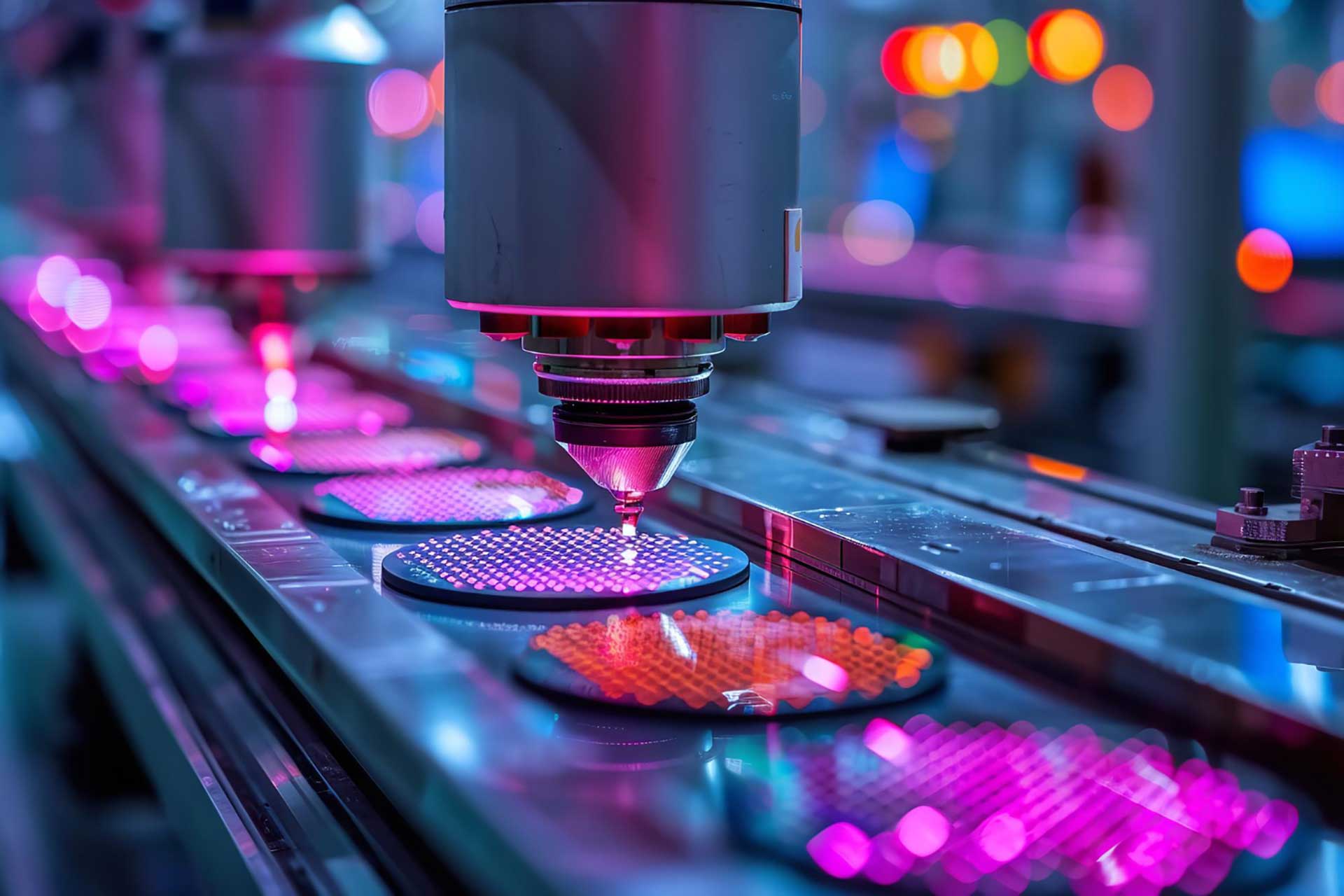In semiconductor manufacturing, precision is required not only during production but in every aspect of the cleanroom environment. For wafer fab facilities, maintaining strict control over temperature, humidity, airflow, and particle levels is critical to ensuring product quality.
At H&H First Consultancy, we recognize the importance of environmental monitoring systems in supporting these cleanroom standards. Our cleanroom designs, ranging from Class 10 to Class 100,000, are equipped with systems that ensure constant monitoring of critical conditions, making it easier for clients to maintain an optimal environment for high-tech manufacturing.
Why environmental monitoring matters in wafer fabs
Semiconductor fabrication requires a controlled environment that is free from contaminants and maintains stable temperature, humidity, and airflow levels. Any deviations can lead to equipment failures, production defects, and costly downtime.
For Class 10 to Class 100,000 cleanrooms, environmental monitoring systems provide real-time data, helping operators track key metrics like airborne particles, temperature, and pressure. These systems ensure compliance with ISO 14644-1 standards, which regulate the number of particles in the air, down to 0.5 microns per cubic meter.
Key factors monitored:
- Airborne particles – Regulated to minimize contamination that could damage sensitive semiconductor wafers.
- Temperature control – Precise temperature ranges ensure material stability during production.
- Humidity levels – Proper humidity control reduces the risk of condensation or static electricity, both of which can harm delicate semiconductors.
- Airflow and pressure – Maintaining proper air pressure differentials between cleanroom zones helps prevent contaminants from migrating into critical areas.
How environmental monitoring integrates with MEP systems
At H&H First Consultancy, we make sure that environmental monitoring systems are fully integrated into the overall MEP (mechanical, electrical, and plumbing) infrastructure, ensuring that cleanroom conditions are continuously managed.
- Seamless HVAC integration – Monitoring systems continuously assess and adjust HVAC performance to maintain stable temperatures and humidity levels. This ensures that air quality remains optimal, while also responding quickly to any changes in the environment.
- Real-time alerts and data – With 24/7 monitoring, real-time data is collected to detect deviations in air quality, pressure, or temperature. Alerts can be sent directly to operators, allowing for immediate action to prevent contamination or disruption in wafer production.
- Efficient design with raised floors and walkable ceilings – Our designs incorporate raised floors and walkable ceilings to house utilities like ductwork, piping, and cabling, making it easier to install and maintain monitoring sensors. This design minimizes disruption to operations while ensuring easy access for maintenance.
Supporting ISO compliance in cleanrooms
An essential function of any environmental monitoring system is ensuring compliance with ISO 14644-1 cleanroom standards. These standards specify allowable particle concentrations based on the cleanroom’s classification, from Class 10 to Class 100,000.
We ensure that our monitoring systems work hand-in-hand with MEP designs to provide real-time tracking of cleanroom conditions, helping clients meet these strict standards.
Monitoring for ISO compliance includes:
- Particle counters – Continuously measure and track airborne particle levels to ensure they remain within acceptable limits.
- Pressure sensors – Monitor air pressure differentials between cleanroom zones to prevent cross-contamination.
- Temperature and humidity sensors – Provide ongoing data to maintain the stable conditions necessary for wafer production.
By partnering with H&H First, clients can be confident that their cleanrooms will not only meet ISO standards but operate at optimal levels for productivity and quality.
Real-time monitoring for operational efficiency
The benefits of real-time monitoring in wafer fabs go beyond compliance; they also support greater operational efficiency and risk reduction.
- Reduced downtime – Immediate alerts allow operators to address environmental issues before they affect production, reducing downtime and costly disruptions.
- Optimized HVAC performance – Monitoring helps ensure that HVAC systems are functioning efficiently, reducing energy consumption while maintaining cleanroom standards.
- Lower risk of contamination – By catching deviations early, real-time monitoring systems help prevent contamination, ensuring higher yields and less waste.
- Data-driven improvements – Historical data collected by monitoring systems can be analyzed to improve process efficiency, optimize HVAC settings, and schedule maintenance more effectively.
Future-proofing cleanrooms with scalable monitoring systems
As the semiconductor industry continues to evolve, cleanroom requirements are likely to change as well. That’s why we design MEP systems and monitoring solutions that are scalable, allowing cleanrooms to adapt to new technologies and stricter environmental controls.
Whether it’s increasing production capacity, introducing new tools, or upgrading to a higher cleanroom classification, our MEP systems are designed with future needs in mind. This adaptability helps ensure that your cleanroom remains efficient and compliant, even as industry demands change.
Conclusion
Environmental monitoring systems are vital for maintaining precision in wafer fab cleanrooms. At H&H First Consultancy, we integrate state-of-the-art monitoring systems with MEP infrastructure to ensure real-time control over critical conditions like temperature, humidity, and air quality. By focusing on stability, compliance, and future-proofing, we help clients achieve the reliable, high-performance cleanroom environments they need to succeed in semiconductor manufacturing.



